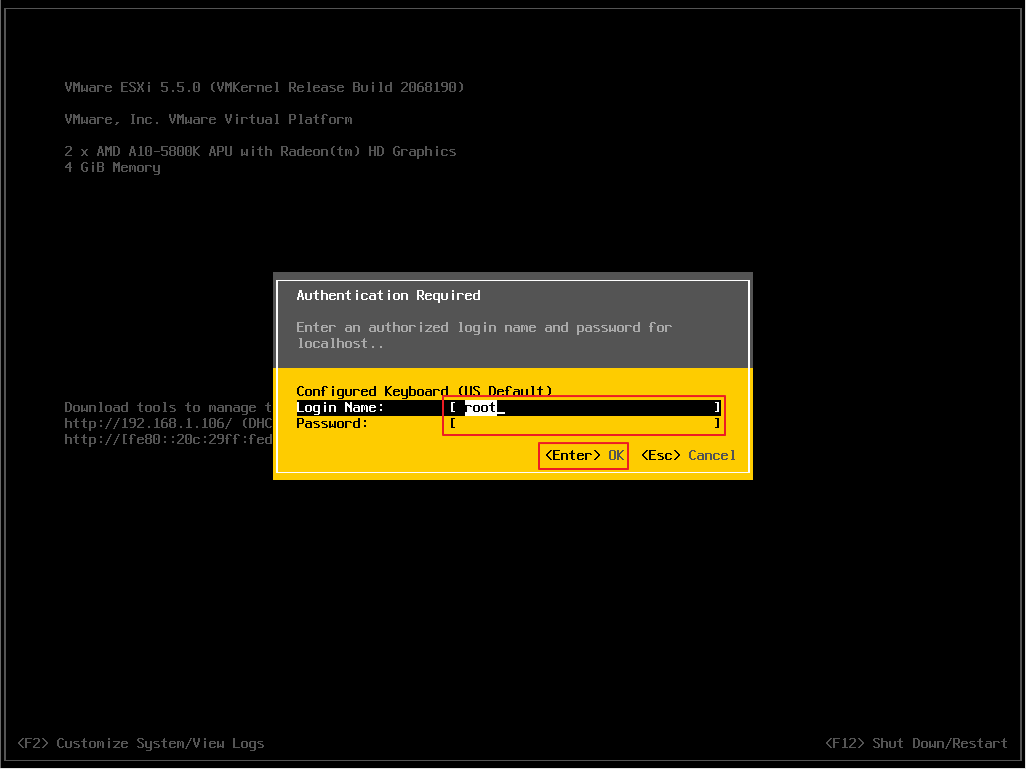

You should be able to verify the cert has been reset by checking, by checking the certificates section:. The host might need to be rebooted for this change to take full effect, then enable SSH access: -Ĭonnected to the host using an SSH client, then change to the SSL cert folder:. You set the host name from the networking section:. I have found this to work me without any issues.

OpenSSL might work, but it not something I have tried as it is still from an untrusted authority so it will still be necessary to load the certs onto each local machine. The vCenter SSL is much more involved as there are machine certs for secure communication between the hosts and vCenter itself, but they at least provide a downloadable package that is very easy to install. Is it absolutely neccessary to have vCenter for any SSL cert related stuff to work?

Mentions vCenter yet again, so I'm thinking this will not work on my set up. The replacement certificate reencrypts all host passwords and the database password by using the new certificate. Load Replacement Certificates into Memory The file is copied to the subdirectory on the vCenter Server system. The rui.pfx file is a concatenation of the system’s certificate and private key, exported in the PFX format. If you choose to install self-signed certificates, you can create them using OpenSSL. You must generate a certificate-signing request (CSR) for each system that requires a replacement certificate. To replace the default certificates with certificates signed by your own local CA, you must create a root CA.Ĭreate Certificate-Signing Requests for vCenter Server You can use OpenSSL to create certificate-signing requests (CSRs). VMware products implement the OpenSSL libraries and toolkits to generate the default certificates that are created during installation process. "Otherwise, you can install the existing certificate into the local PC's 'trusted root authority' - but will need to ensure the host name matches the url you access, the default SSL cert says 'localhost' "Īnd I'm thinking it's the 'localhost' name used inside, but I actually have no idea what to do with it to force it into working.Īs for self-signed certs, the procedure here: I can download it fine (using Chrome) and even install it on the client machine, but not much happens afterwards ie. I was thinking along the lines of my own SSL cert generated using OpenSSL and root Certificate Authority (CA), although I have to say that the existing cert path seems like the least time consuming.assuming I can find a way to actually use it.


 0 kommentar(er)
0 kommentar(er)
